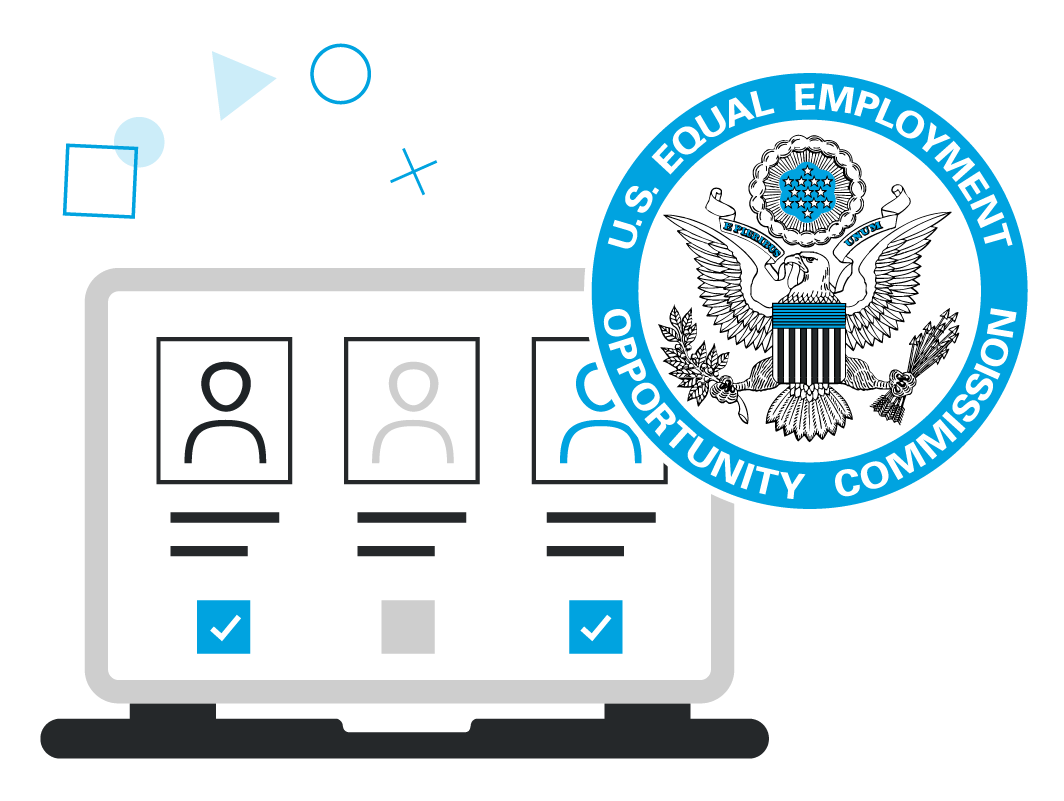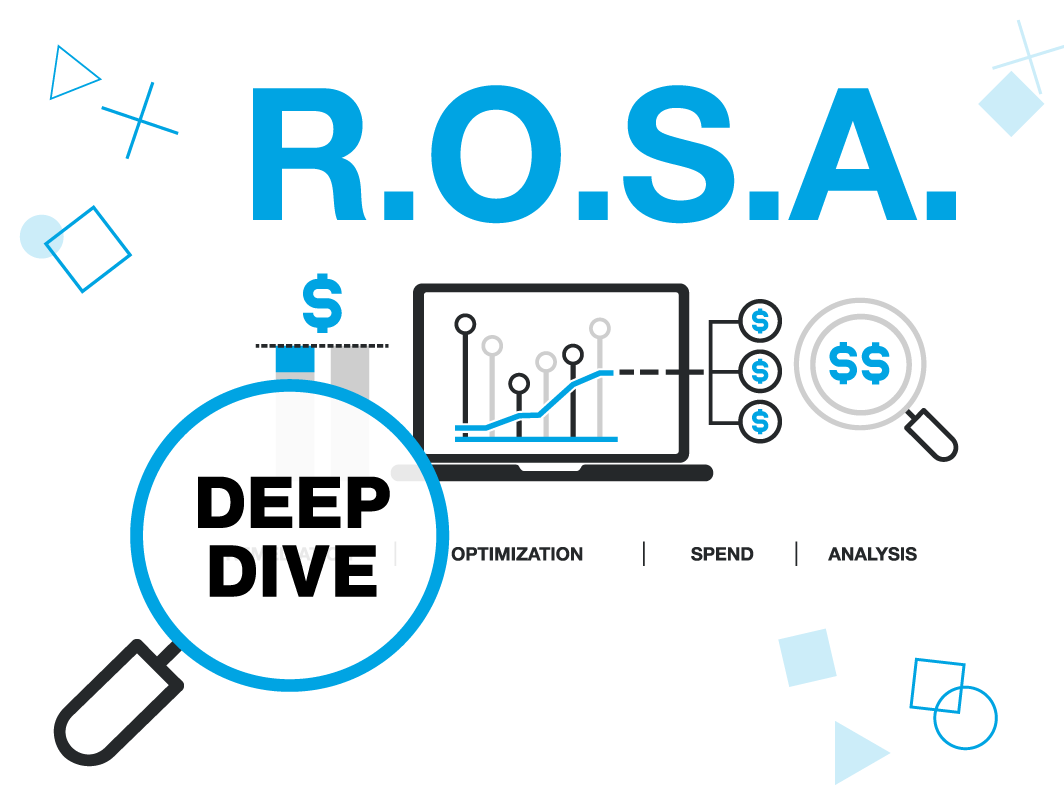
4 minute read
California is home to one of the United States’ most critical economic engines, from Silicon Valley to big agriculture to the Disney Parks. California would be the fifth-largest economy in the world, if it were its own country, according to Forbes. Yet many employers may not be aware that regulating this massive economy is one of the more stringent equal pay statutes in the nation. This post will help organizations doing business in California (or thinking of open their doors in the Golden State) familiarize themselves with the California Equal Pay Act (EPA).
What is the California Equal Pay Act?
One of the nation’s first equal pay laws, the California EPA was originally passed in 1949. Not surprisingly, the statutory language has changed significantly over the decades. Still, we can see the roots of the current law in the original text:
“No employer shall pay any female in his employ at wage rates less than the rates paid to male employees in the same establishment for the same quantity and quality of the same classification of work…”
While the 1949 law was aimed at curbing pay discrimination against women, it utilized gendered language that reads as wildly inappropriate today. The current EPA, as amended, contains updated language and includes prohibitions against unequal pay on the basis of sex (including protections for men), as well as on the basis of race and/or ethnicity.
What does the Equal Pay Act require of employers?
The EPA prohibits payment of wages at wage rates less than the rates paid to employees of the opposite sex or a different race or ethnicity, for substantially similar work, when viewed as a composite of skill, effort, and responsibility, and performed under similar working conditions, except in limited circumstances.
At first glance, the EPA’s requirements may read like impenetrable legalese. Below, Trusaic breaks down some of the EPA’s key terms.
How is “wage rates” defined under the Equal Pay Act?
The EPA does not specifically define “wage rates.” However, the California Department of Industrial Wages (DIR) interprets the term to refer to the wages or salary paid, and also other forms of compensation and benefits. This means that EPA violation can arise not only in unequal base pay on the basis of sex, race, or ethnicity, but can also arise in total pay as well.
For an example of why it is critical to evaluate base and total pay, Intel makes a great case study. Intel’s approach to identifying whether it had a gender pay gap across its global workforce of 107,000 employees in more than 50 countries focused on total compensation, including reviews of base pay, and stock awards, rather than on just base pay. Intel also took into consideration factors such as performance, tenure, and other similar factors. In an interview with Fortune, Intel noted that it found pay gaps usually started when employees were first hired. The company noted that gaps in stock compensation usually resulted from promotions. Without considering total pay, Intel could have missed identifying liabilities resulting from unequal stock compensation.
What does “substantially similar work” mean?
Substantially similar work means work that is mostly similar in skill, effort, responsibility, and performed under similar working conditions.
In its Questions and Answers page, the DIR breaks down the following sub-definitions:
- Skill “refers to the experience, ability, education, and training required to perform the job”;
- Effort “refers to the amount of physical or mental exertion needed to perform the job”;
- Responsibility “refers to the degree of accountability or duties required in performing the job”; and
- Working conditions “has been interpreted to mean the physical surroundings (temperature, fumes, ventilation) and hazards”.
As Trusaic has noted elsewhere, identifying employees who conduct “substantially similar work”, also known as “comparators”, can be a daunting task for some employers. As we discuss below, conducting a pay equity audit is widely considered a best practice for accurately grouping comparators so as to avoid EPA liabilities.
Has California updated the EPA in recent years?
Yes, there have been a number of updates to the EPA, including enacting a salary history ban. Salary history bans have found firm footing across the United States and vary somewhat in form. In California, employers are generally prohibited from seeking an applicant’s salary history or relying upon that history to justify wage differentials. Further, under Labor Code section 432.3, if an applicant so requests it, an employer must provide a “pay scale” or wage range for the relevant position.
While not specifically an EPA-related update, Governor Gavin Newsom recently signed SB 973, an expansive pay equity law. Under SB 973, on or before March 31, 2021, a private employer with at least 100 employees and who is required to report to an annual “Employer Information Report” (EEO-1 Component 1) under federal law will be required to submit a pay data report of their workforce for the prior calendar year.
CLICK HERE TO READ TRUSAIC’S SB 973 WHITE PAPER.
What are the penalties for non-compliance with the EPA?
Penalties under the EPA include the difference in wages, interest, liquidated (double) damages, and attorney fees and costs.
Are there exceptions to unlawful pay differences under the EPA?
There are limited avenues for employers to justify pay differentials tied to the protected classes of sex, race, and ethnicity. These exceptions to unlawful pay differentials include where the disparity is based on one or more of the following: a seniority system, a merit system, a system that measures earnings by quantity or quality of production, or a “bona fide factor other than [the protected class]”, such as education, training, or experience. Note that this last factor was changed in recent years to make it more difficult for employers to justify unequal pay based on sex, race, or ethnicity.
What can employers do to evaluate whether they are paying employees in accordance with the Equal Pay Act?
The short answer is “conduct a pay equity analysis.” Many companies have been hesitant to do this for fear of finding a problem and having that information used against them in lawsuits filed by disgruntled employees. Fight your fear and get this done for your organization. Regulatory agencies, such as the OFCCP and the Massachusetts Attorney General’s office, are encouraging employers to conduct their own self-audits to identify where they may be lacking in providing equal pay to their workers. This is viewed by these agencies as a proactive step in addressing equal pay issues.
Most employers are not equipped to conduct this analysis on their own, even if they have an experienced statistician on staff. Most employers need to seriously consider engaging a company experienced in pay data and analytics to conduct an audit of their current compensation structure. The analysis should tell you where your company’s exposure is with respect to lawsuits and federal or state penalties. The pay equity analysis should also tell you how to address problem areas, without creating more liability.
Although California is one of the most powerful economies in the world, as is clear from the EPA, employers are highly regulated when it comes to pay equity. Whether your organization already operates in California or is thinking of opening its doors here, a comprehensive pay equity analysis is the best place to start to understand what your company is doing right, and where it can improve, before the start of regulatory investigations and employee lawsuits.



